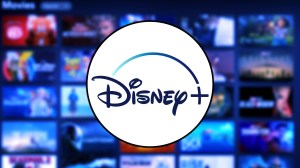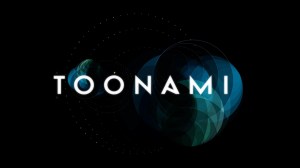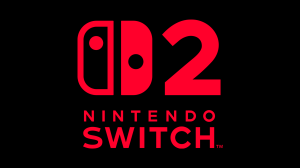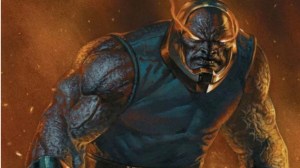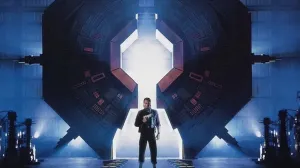Filmmaker Chris Sanders received enormous levels of praise and financial success with his 2024 directorial effort The Wild Robot. This acclaimed motion picture would’ve been the career-defining triumph of anyone else’s career. For Sanders, it was just another in a long line of lucrative projects he’s been connected to. In the 90s, Sanders was a critical story artist and character designer on Disney Animation releases like The Lion King and Mulan. His directorial efforts, meanwhile, included projects like Lilo & Stitch and How to Train Your Dragon.
Videos by ComicBook.com
Throughout his esteemed career, Sanders has demonstrated relentless creativity and commitment to effective pathos, not to mention deftness in collaborating with other artists like recurring co-director Dean DeBlois and Wild Robot head of story Heidi Jo Gilbert. Sanders’ exploits also include his (to date) lone live-action movie, The Call of the Wild. Turning five years old this year, this movie adaptation of the famous Jack London novel proved far more divisive than most Sanders movies.
The Call of the Wild’s Unique and Familiar Chris Sanders Qualities
For The Call of the Wild, Sanders employed cutting-edge CGI to realize the story’s principal canine, Buck. He also employed artists who didn’t work all that often, namely Harrison Ford, who took the role of John Thorton as his only other acting project since Star Wars: The Force Awakens in December 2015. Meanwhile, cinematographer Janusz Kamiński lensed Call of the Wild in one of only three non-Steven Spielberg directorial efforts he’s worked on since 2010. Such was the combined allure of Sanders and the 1903 source novel.
Although London’s book existed for decades before Sanders was even born, the central story echoes many thematic motifs of the filmmaker’s work. Chiefly, the relationship between Buck and Jack Thornton paralleled the unexpected friendships between Lilo and Stitch, or Hiccup and Toothless. Bonds between unexpected figures fascinate Sanders – it even informs the central robot/duckling mother/son dynamic of The Wild Robot. The untamed wilderness, meanwhile, features prominently in Sanders movies like Robot and The Croods. No wonder this material inspired Sanders to jump to a whole other medium of storytelling.
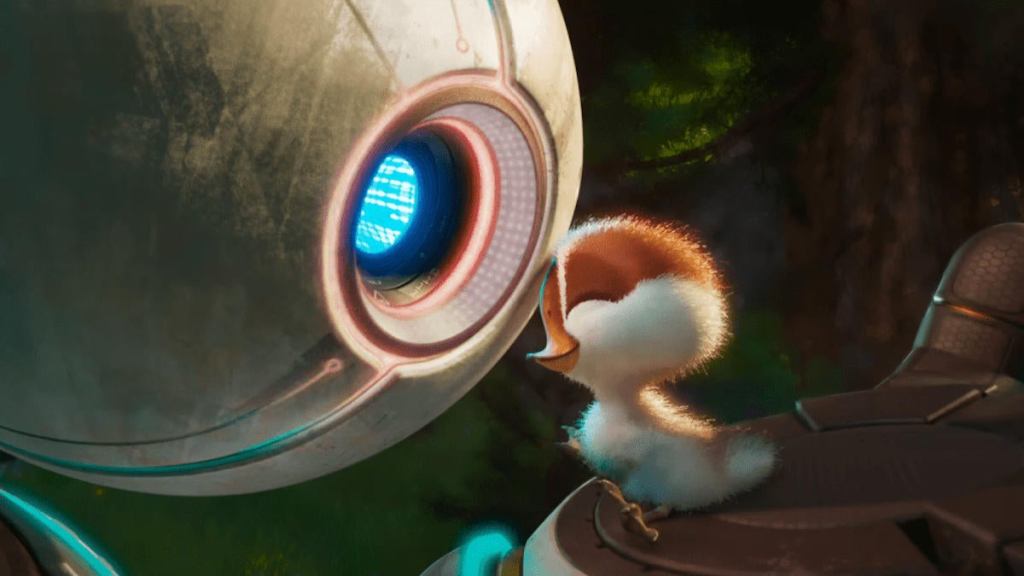
Even with Sanders directing live-action actors for the first time, The Call of the Wild utilized motion-capture animation to realize its canine characters. The employment of animation didn’t just put Sanders in the familiar creative territory: it also made The Call of the Wild one of several VFX-driven 20th Century Fox projects green-lit in the 2010s, meant to follow the success of Avatar and Life of Pi. Those features broke new ground for visual effects wizardry that got audiences dramatically invested in CGI and mo-cap characters. Subsequently, Fox would commit to further movies hinging on revolutionary digital characters and backdrops, like Alita: Battle Angel or The Call of the Wild. The original Christmas 2019 release date for The Call of the Wild, meanwhile, was meant to echo the Yuletide launchpad for past Fox family hits like Night at the Museum and Alvin and the Chipmunks. Call of the Wild fits snugly into the larger history of both its director and distributor – but that wasn’t enough to save it from garnering a mixed critical reception once it hit theaters.
[RELATED: Animated Movies Have a Chance to Make History at the Oscars 2025 (Leaving Disney on the Wrong Side of it)]
Why Wasn’t Call of the Wild A Box Office Hit?
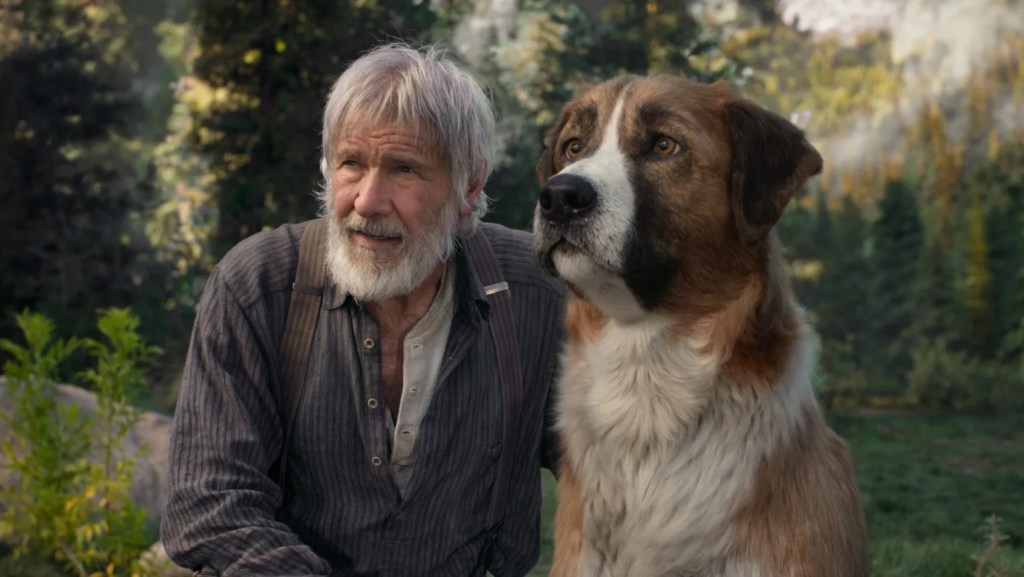
The Call of the Wild finally debuted in theaters in February 2020, with its premiere delayed by two months thanks to Disney’s acquisition of 20th Century Fox. The wait was not worth it for many moviegoers, who reacted to The Call of the Wild with a shrug. Using CG to realize Buck turned out to be a deal-breaker for many moviegoers; the movie’s digital version of man’s best friend just looked too eerie to get emotionally engrossed in. No amount of CG wizardry could overcome this hurdle – a sharp contrast to how immediately audiences latched onto previous cuddly Sanders characters like Toothless or Stitch.
It didn’t help that COVID-19 closed down theaters just a few weeks into The Call of the Wild’s box office run, which ensured that it couldn’t drum up much word-of-mouth or take off as a long-term pop-culture property. Compare that to past Sanders titles like Dragon and The Croods, which just stuck around in theaters for months thanks to positive word-of-mouth. The Call of the Wild is an interesting anomaly in the career of Chris Sanders thanks to it being both live-action and more divisive than his other works. Still, its thematic parallels to other Sanders features make it a fascinating companion piece to his more beloved classics – like recent Oscar nominee The Wild Robot.
The Call of the Wild is now streaming on Disney+. The Wild Robot is streaming on Peacock.


